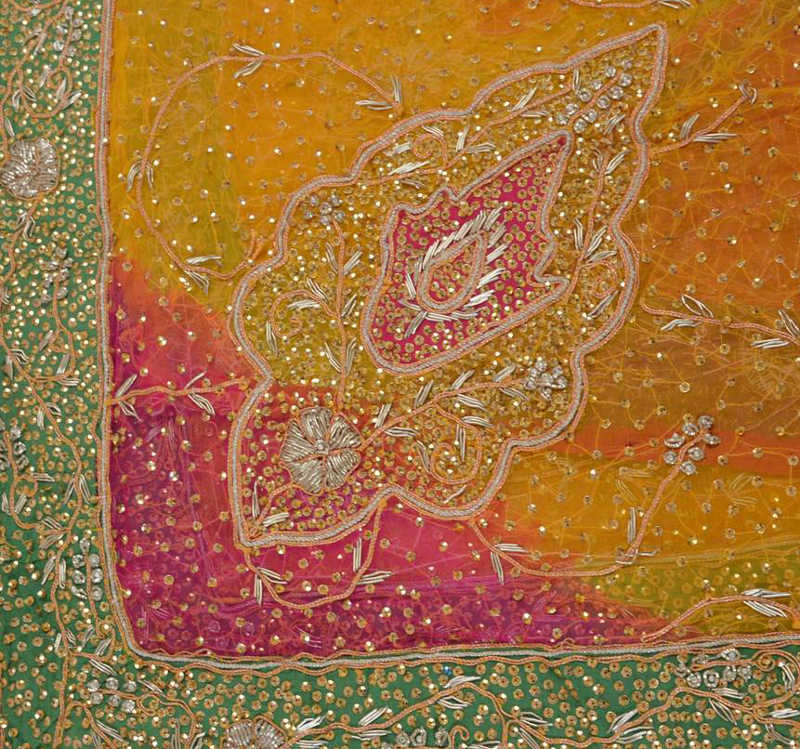===
0451,
2
===

=== |
 |
shakl : 'Likeness, resemblance, semblance, appearance, image ... ; shape, form, figure'. (Platts p.730)
ta.sviir : 'Picture; drawing; sketch; painting; portrait; an image'. (Platts p.326)
FWP:
SETS
MOTIFS == PICTURE
NAMES == DELHI
TERMS == QUATRAINThe idea behind being 'amazed like a picture' is that the effect of ;hairat leaves one almost petrified with astonishment, and thus temporarily unable to move. Since a picture is permanently motionless, it can be imagined as the paradigmatic case of amazement.
The second line could also be read as 'Whatever form/shape came into view, it came into view as a picture' [jo shakl na:zar aa))ii , vuh shakl ta.sviir ke ruup me;N na:zar aa))ii]. In principle, this alternative possibility would make a small amount of interpretive difference, but surely not that much. And since the first line makes such a starkly radical assertion (no streets, just pages), the minimalist translation I've given (no forms, just pictures) seems more in accord with it.